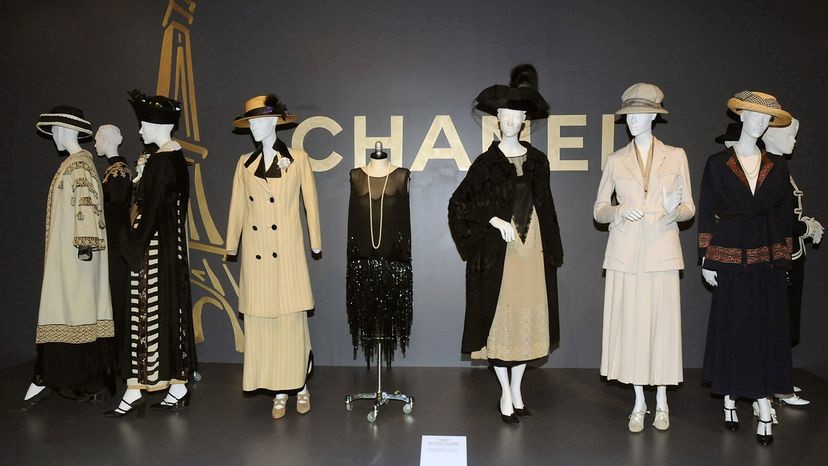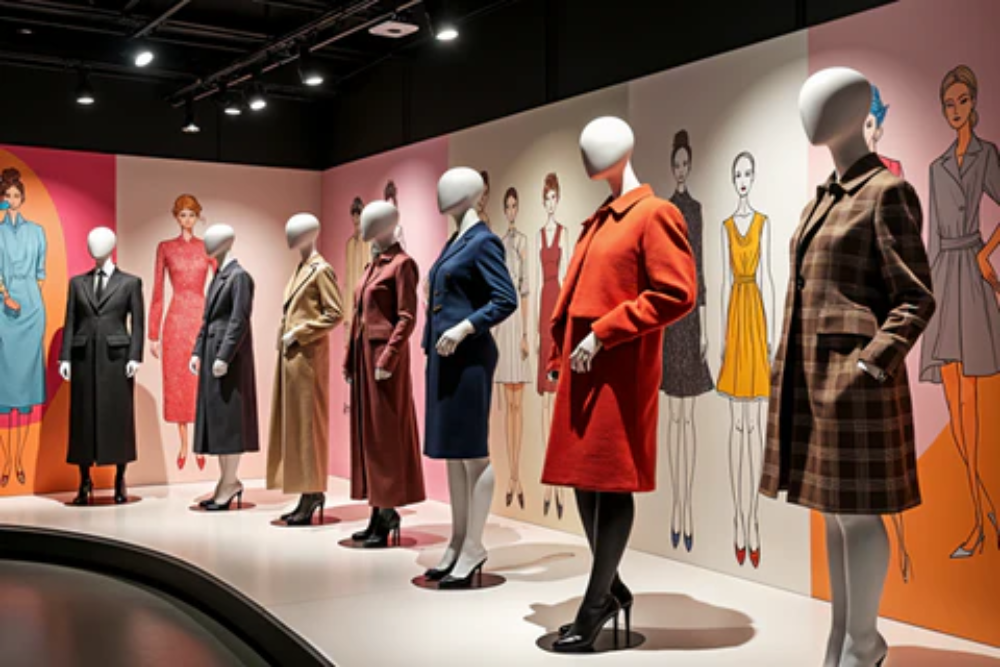Introduction
Yves Saint Laurent, often referred to simply as YSL, is one of the most influential and groundbreaking fashion designers of the 20th century. His career, which spanned over five decades, left an indelible mark on the fashion world, from his iconic designs to the way he revolutionized fashion itself. YSL is credited with transforming the role of women in fashion, pioneering the concept of ready-to-wear collections, and challenging societal norms with his bold, innovative designs. His legacy endures today, as his work continues to inspire designers, fashion enthusiasts, and anyone who appreciates the art of clothing.
This article explores the profound legacy of Yves Saint Laurent, from his early beginnings and breakthrough moments to his enduring influence on fashion, culture, and the modern fashion industry.
- Early Life and Career Beginnings
Born in Oran, Algeria, in 1936, Yves Saint Laurent showed an early interest in fashion, drawing inspiration from his mother’s love for haute couture. After moving to Paris at a young age, he enrolled in the prestigious Chambre Syndicale de la Haute Couture, where he began to develop his skills and knowledge in fashion design.
Saint Laurent’s professional career began in 1955 when he was hired as an assistant to Christian Dior. At just 19 years old, Yves Saint Laurent was entrusted with designing for Dior after the sudden death of the designer. His first collection for Dior, which debuted in 1958, was hailed as a success, marking the beginning of his journey as a fashion innovator.
- The Birth of Yves Saint Laurent Couture House
In 1961, Yves Saint Laurent opened his own couture house, taking the fashion world by storm with a fresh vision that would redefine haute couture. He became the first designer to create a ready-to-wear collection for women, a concept that was groundbreaking at the time. Prior to this, haute couture was primarily for the wealthy elite, with garments designed exclusively for custom fittings.
YSL’s ready-to-wear collection was not only revolutionary for its accessibility but also for its focus on practicality, elegance, and modernity. His designs broke the mold, offering women sophisticated and fashionable clothing that they could wear every day, marking a shift in the fashion landscape.
- The Concept of the “Le Smoking” Suit: Empowering Women with Masculine Elegance
One of Yves Saint Laurent’s most significant and transformative contributions to fashion was the creation of the “Le Smoking” suit in 1966. This tuxedo-style suit, which featured a tailored jacket with a sleek, feminine cut, was designed to be worn by women and became a symbol of empowerment, elegance, and rebellion against traditional gender norms.
Before “Le Smoking,” it was considered inappropriate for women to wear trousers or tailored suits, as such attire was seen as masculine. YSL, however, blurred the boundaries of gender and style, challenging the conventional norms of women’s fashion. His iconic tuxedo suit gave women the confidence to wear clothing that was not only stylish but also liberating, allowing them to step into traditionally male-dominated spaces with a sense of power and sophistication.
- Iconic Designs and Collections
Yves Saint Laurent’s fashion collections were often a reflection of his cultural inspirations, personal experiences, and the changing social dynamics of his time. Throughout his career, YSL designed numerous iconic collections, each of which made a lasting impact on the fashion industry.
The Mondrian Collection (1965)
One of the most notable examples of YSL’s creativity was the Mondrian Collection, which debuted in 1965. The collection was inspired by the geometric paintings of Dutch artist Piet Mondrian, and the dresses featured bold, block-colored patterns that mimicked the artist’s signature style. The collection’s minimalist, modern aesthetic perfectly captured the spirit of the 1960s and remains one of YSL’s most memorable moments in fashion history.
Safari Look and the African Inspiration (1967)
Yves Saint Laurent was also known for his fascination with various global cultures, which often influenced his designs. In 1967, he debuted the “Safari” collection, drawing inspiration from Africa. The collection incorporated elements such as khaki, safari jackets, and tailored silhouettes, blending colonial references with a modern twist. This marked an important shift in the fashion world, as designers began to look beyond Western influences for inspiration, and it showcased YSL’s ability to take risks and embrace diverse cultural aesthetics.
The Russian Collection (1976)
Another iconic moment in Saint Laurent’s career was his 1976 Russian-inspired collection, which was a lavish homage to Russian history and culture. The collection featured opulent fur coats, intricate embroidery, and sumptuous fabrics that reflected the splendor of Russian royalty. This collection demonstrated YSL’s ability to combine cultural influences with haute couture craftsmanship to create garments that were both luxurious and evocative.
- The Ready-to-Wear Revolution
Yves Saint Laurent’s introduction of ready-to-wear collections in the 1960s revolutionized the fashion industry. At the time, haute couture was reserved for the elite, and it was a labor-intensive process that required custom fittings. By creating ready-to-wear collections, YSL made high fashion more accessible, allowing women from various walks of life to experience the luxury and sophistication of couture without the exclusivity.
His ready-to-wear collections were characterized by impeccable craftsmanship and timeless designs, blending elements of modernity with classic elegance. This not only democratized fashion but also laid the foundation for the booming ready-to-wear market we see today. Yves Saint Laurent’s contributions to ready-to-wear fashion allowed women to embrace style and luxury in their everyday lives.
- YSL and Feminism: Changing the Perception of Women’s Fashion
Yves Saint Laurent’s work was not just about creating beautiful clothes—it was also about empowering women and challenging the gender norms of his time. His designs, such as the “Le Smoking” suit and his reimagining of the tuxedo, provided women with the tools to express themselves freely and confidently.
YSL’s focus on women’s independence extended beyond his clothing collections. He championed the idea that women could wear what they wanted, regardless of societal expectations. His clothing designs allowed women to step out of traditional roles and embrace a sense of freedom and power, often through a mix of masculine and feminine elements. YSL was an advocate for the idea that fashion should serve as a tool for self-expression, and his work continues to influence how designers approach gender and power dynamics in fashion today.
- Yves Saint Laurent’s Impact on Modern Fashion
Yves Saint Laurent’s influence continues to resonate in today’s fashion world. His pioneering ideas—such as the introduction of ready-to-wear, his gender-fluid approach to fashion, and his ability to blend art with couture—laid the groundwork for many contemporary designers.
Gender-Neutral Fashion
Yves Saint Laurent’s embrace of androgyny in his designs set the stage for the rise of gender-neutral fashion in the 21st century. His iconic “Le Smoking” suit was not only a bold statement of style but also an early reflection of the ongoing conversation about gender and clothing. Today, many designers continue to push boundaries by creating collections that challenge traditional gender norms, drawing inspiration from YSL’s trailblazing designs.
The Legacy of YSL’s Innovation
Saint Laurent’s influence can be seen in the work of modern designers such as Hedi Slimane, who served as YSL’s creative director in the 2000s, and the continued success of the Yves Saint Laurent brand under various creative directors. His ability to mix artistry with practicality, and his focus on clothing as an expression of personal identity, are principles that resonate in today’s fashion world.
- Yves Saint Laurent’s Enduring Brand
The Yves Saint Laurent brand remains one of the most prestigious in the fashion industry. After Saint Laurent’s death in 2008, the brand continued to thrive under the direction of designers like Stefano Pilati and Hedi Slimane. In 2016, Anthony Vaccarello took over as creative director, ensuring that the brand’s vision of modern elegance, creativity, and sophistication remained intact.
The YSL brand today stands as a symbol of timeless luxury and innovation, with its iconic pieces like the “Le Smoking” suit, the Mondrian dress, and its legendary fragrances continuing to be celebrated around the world.













